
Written by Katie Adams
Okay, that’s a bold statement—but let me explain.
I’ve been shooting analog/film photography for over 20 years, and I’ve owned a fair share of cameras in that time. But one late night, when no one was around to talk me out of it, I found myself diving into the world of 35mm rangefinders—something I had actually never tried before. I was after something compact and more capable than a point-and-shoot, especially after taking one on vacation the year before and feeling like I needed just a bit more control.
After way too much browsing, I stumbled upon the Olympus Trip 35. The second I saw it, I was hooked. It was undeniably cute, but also small without being too compact. I wanted something smaller than my SLR, and this seemed perfect.
Find the Olympus Trip 35 at KEH Camera or on eBay.
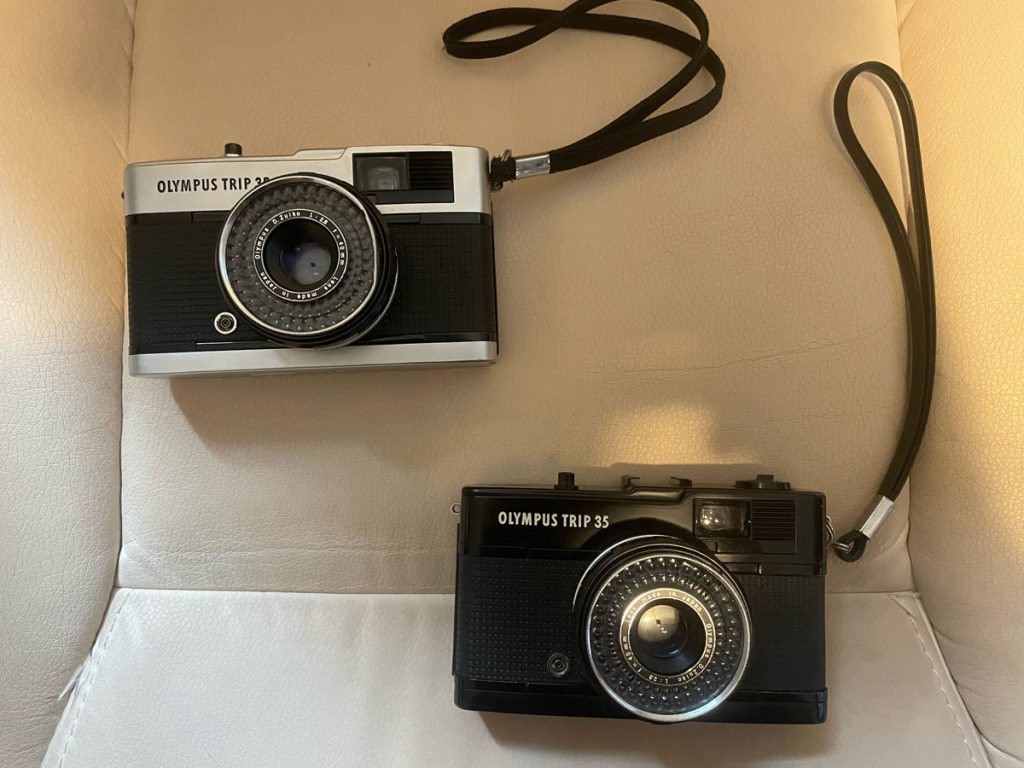
A Quick History of the Olympus Trip 35 & Specs
The Olympus Trip 35 was introduced in 1967 and remained in production until 1984. It was designed for travelers—hence the name “Trip.” (And me? I call them trips, too – Well, well!)
It’s a compact 35mm film camera with a fixed lens and built-in light meter. Not quite a point-and-shoot, not quite an SLR. Basically: made for the everyday shooter.
Specifications
Film Format: 35mm
Lens: D Zuiko 4 element Non-interchangeable lens, f/2.8, 40mm focal length
Shutter Speeds: 1/40 sec. or 1/200 sec.
Focusing: Zone focusing, 4 distances measured in meters and feet
Exposure: Automatic
ISO Range: ISO25 – ISO400
Filter Size: 43.5mm screw in
Accessory Shoe: Cordless flash contact
Size: 116mm x 70mm x 57mm (4.5″ x 2.75″ x 2.25″)
Weight: 410 grams (14.5oz)
View the manual for the Olympus Trip 35 online
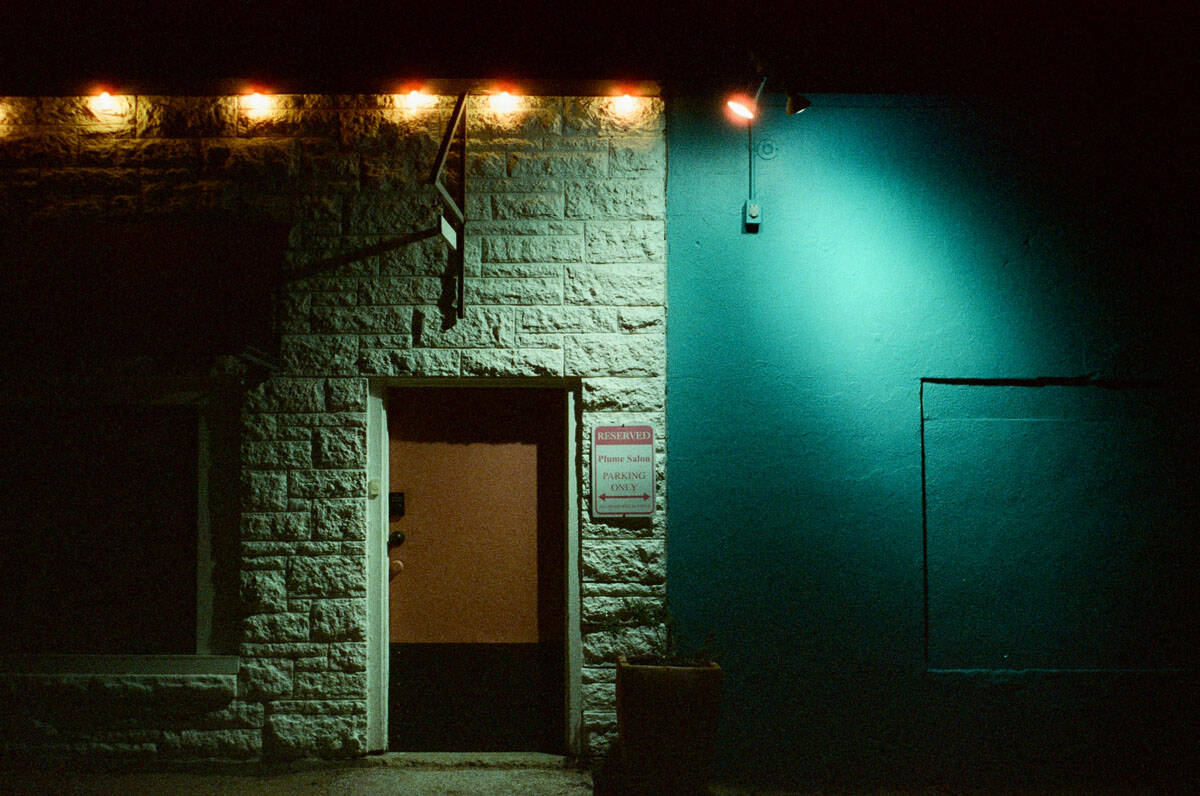
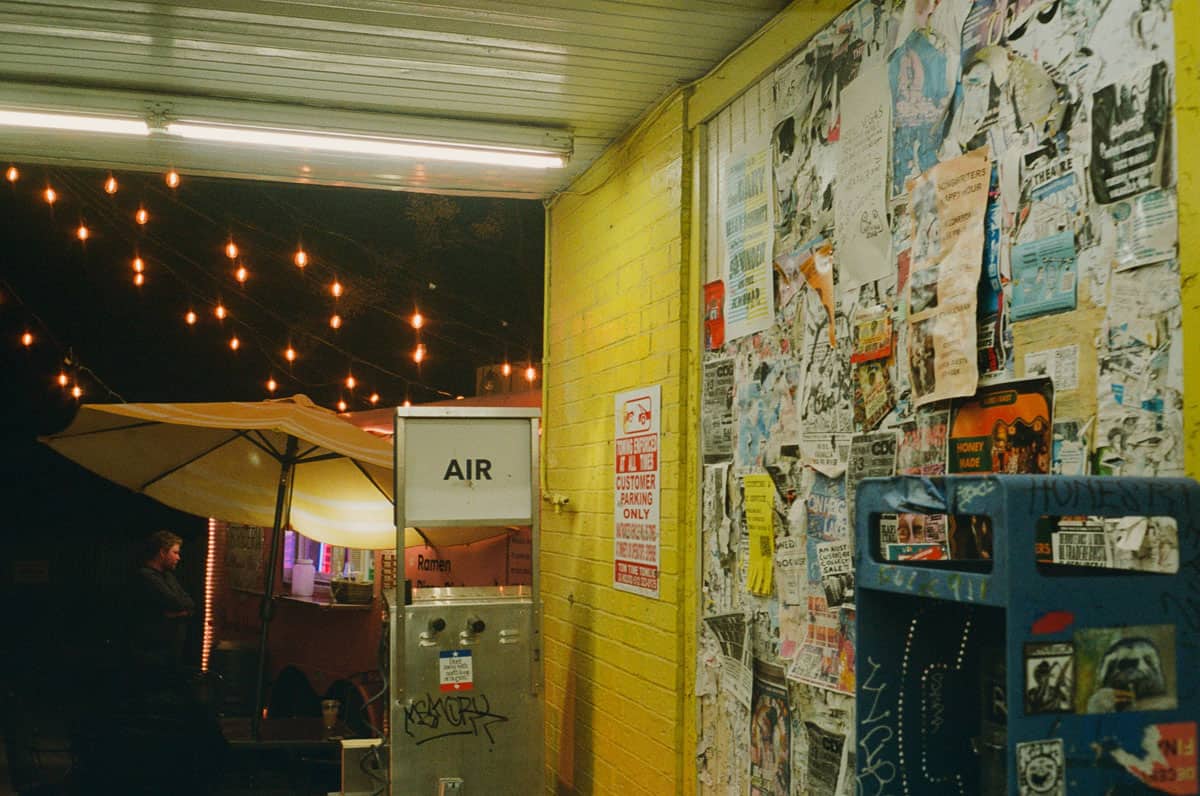

Buying the Camera (And Not Reading the Specs, Whoops)
Did I read all the specs before buying it? Absolutely not. I found one online that had a fresh CLA (Clean, Lubricate, Adjust), new light seals, and looked clean. That was enough for me to click “Buy Now” with the confidence of someone who’d done just enough research.
Then the next morning hit, and the panic set in. Cue: forums, reviews, photo groups. And what did I find? Complaints. Lots of them. Blurry shots, missed focus, underexposed frames, and the infamous red flag (yes, literally).
Had I just made a mistake?

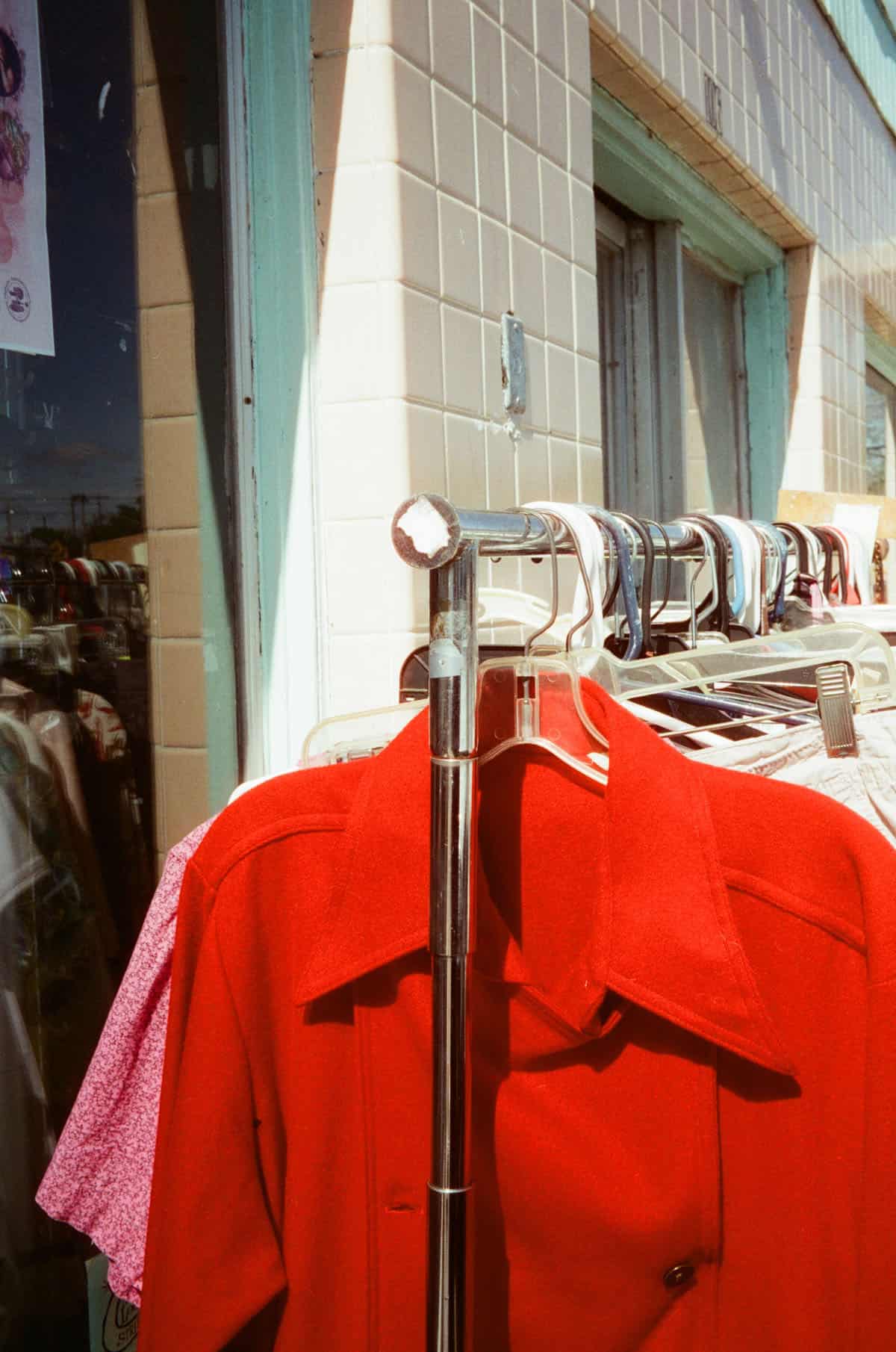
The Camera & How I Carry It
The Olympus Trip 35 (find on eBay) is a 35mm film camera—the name kind of gives that away, huh? No interchangeable lenses. No fancy film backs. Just a simple, lightweight (~400grams or less than a pound!) everyday shooter of a camera.
I carry mine as-is. It’s not quite a “pocket camera” for me, but it’s small enough to live in my purse, a roomy coat pocket, or on my wrist with a strap when I’m out and about.
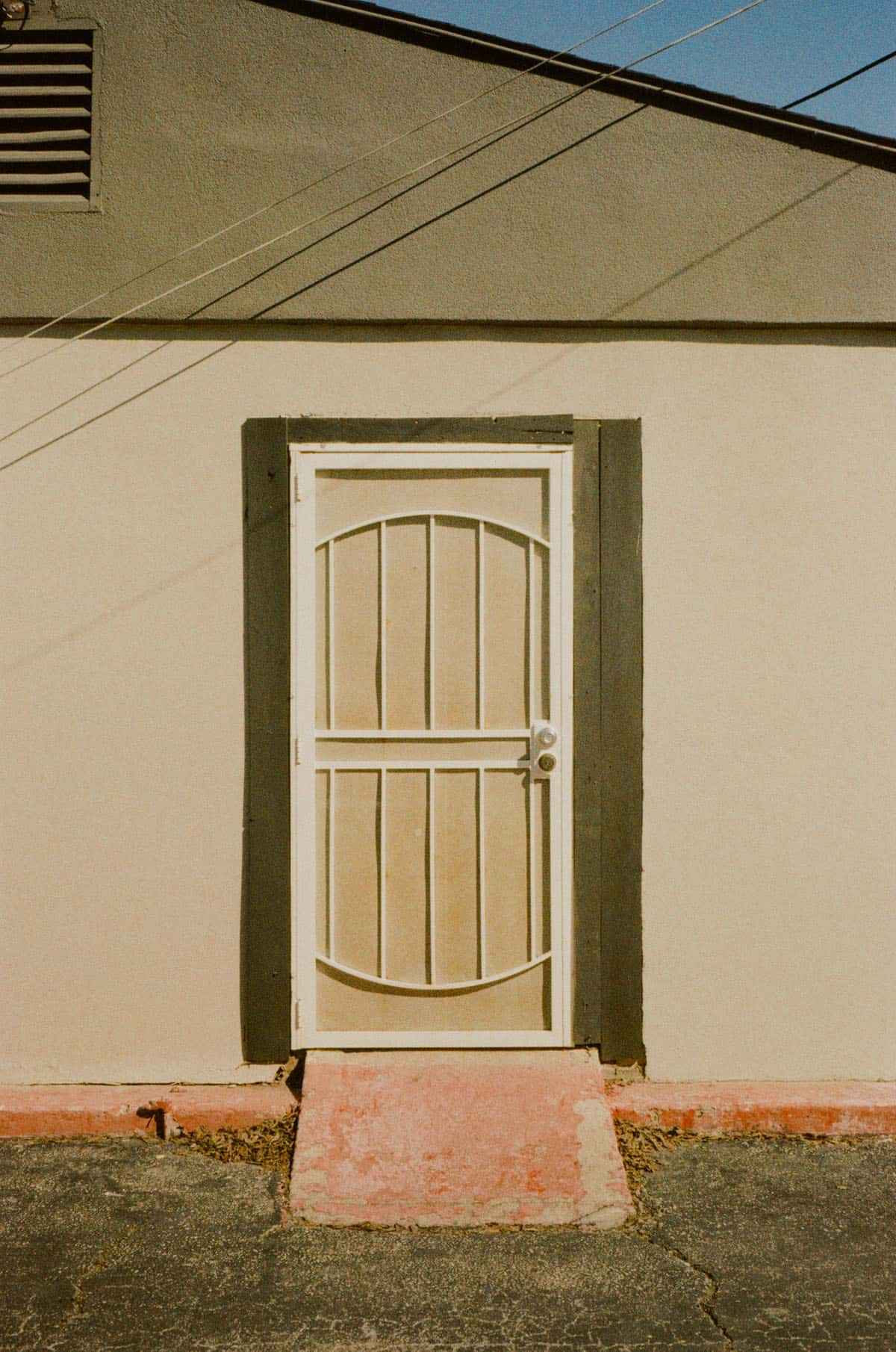

Concerns & Realizations About the Olympus Trip 35 (AKA: Things I Learned After Buying It)
Here’s what I should have known—but didn’t (and honestly, maybe it’s good I didn’t… I might’ve talked myself out of buying it):
- Two shutter speeds only: 1/40s and 1/200s.
- Selenium light meter: solar-powered and built into the ring around the lens. No batteries needed—bless.
- In Auto mode, it chooses both shutter speed and aperture (between f/2.8 and f/22), depending on the light.
- Manual aperture available if you’re using flash or bypassing Auto.
- Focusing is zone-based—you choose one of four icons on the lens (think: person, two people, group, mountain). Best part? The distances are also marked in feet under the lens. For us non-metric folks, this is a lifesaver.
- How the zone focusing is listed:
- One person: ~1m (3 ft)
- Two people: ~1.5m (4 ft)
- Family of 3-ish: ~3m (7 ft)
- Mountain: ~infinity (15 ft and beyond—you get the reference!)
- How the zone focusing is listed:
- ISO is set manually, just like on an SLR. You’ve got: 25, 40, 50, 64, 80, 100, 125, 160, 200, 250, 320, and 400.
And that last one? The ISO maxing out at 400? That’s where I almost spiraled.
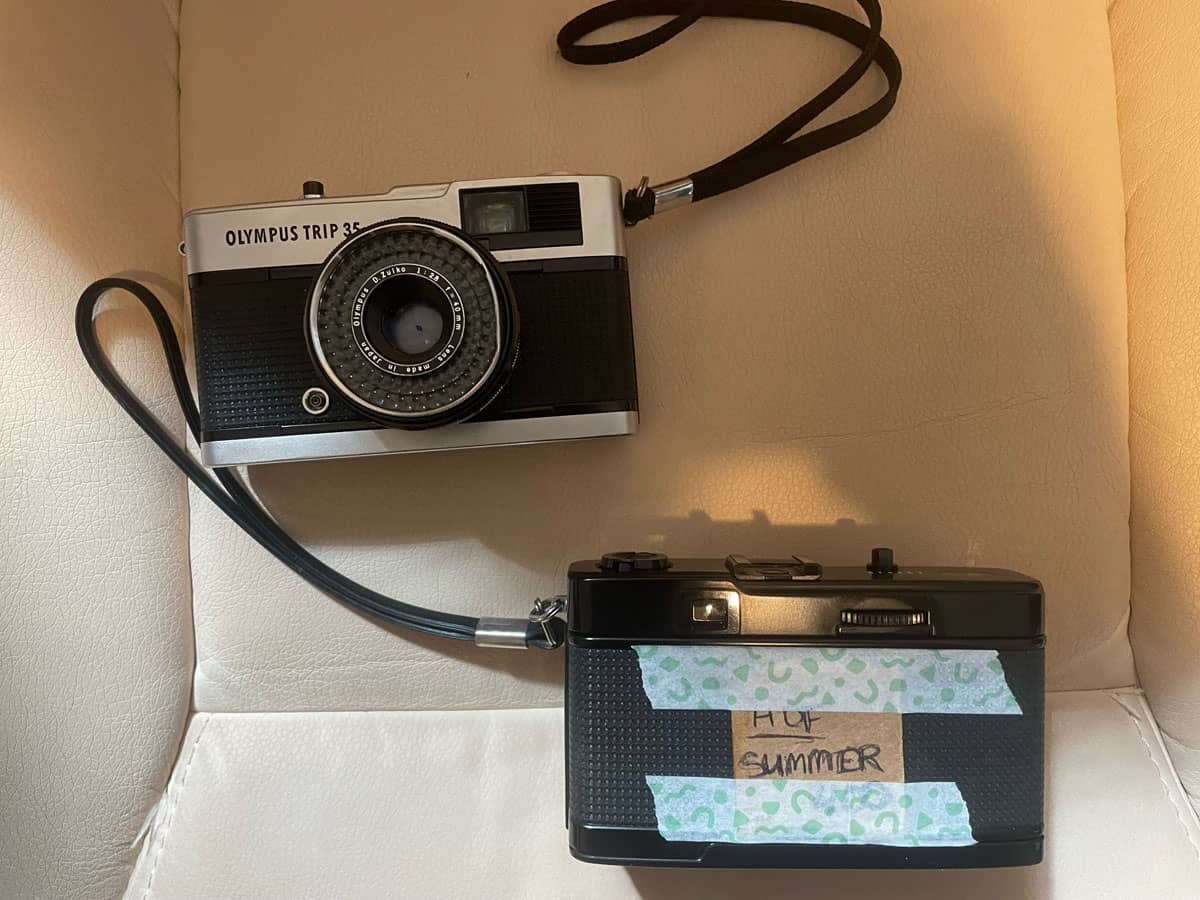
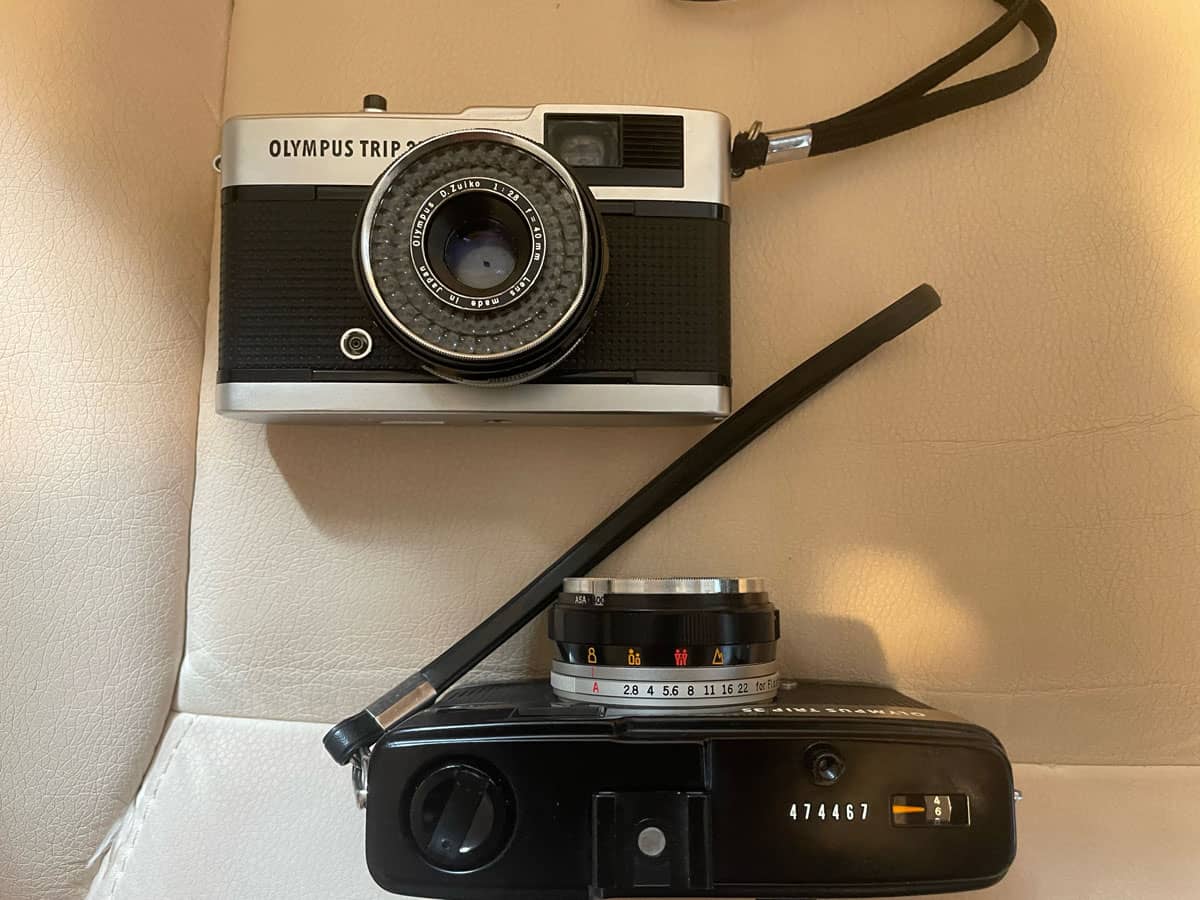
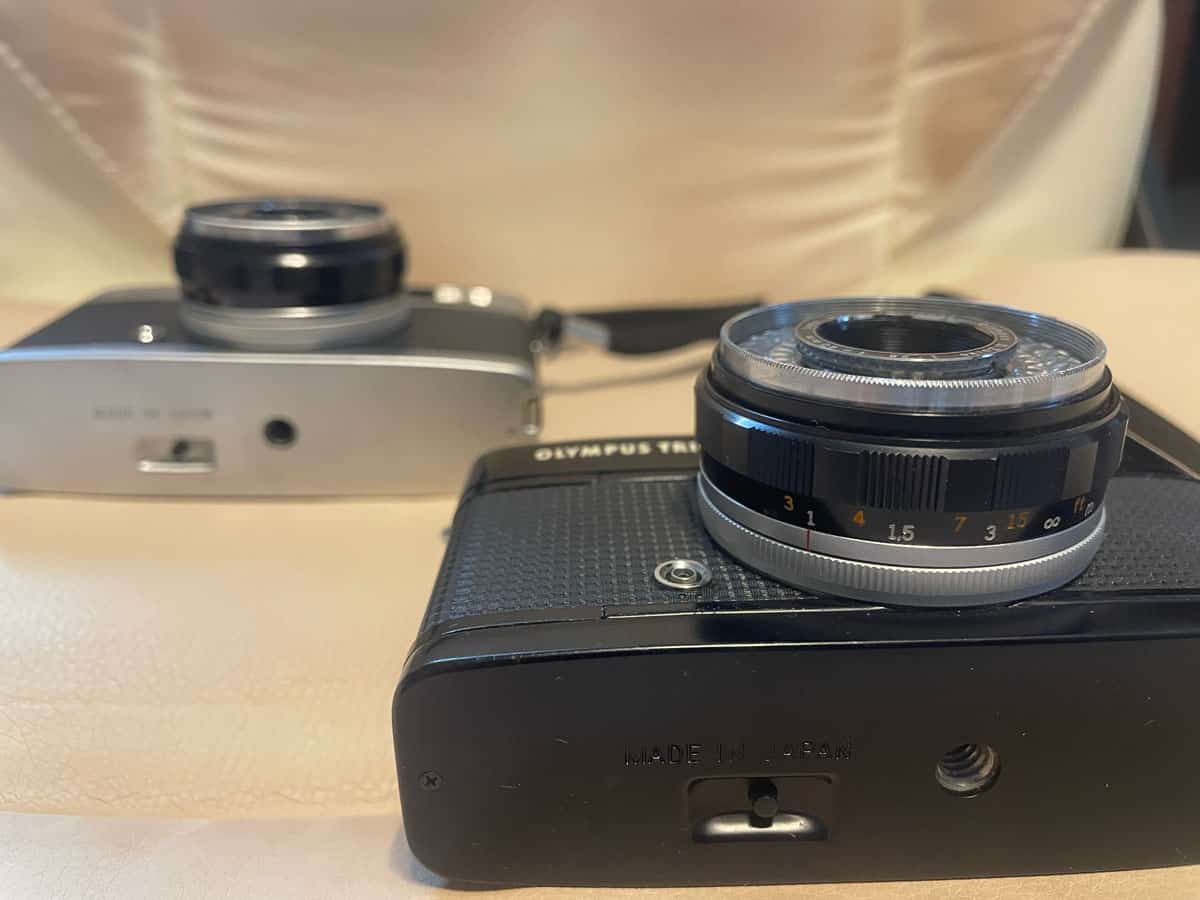
Let’s Talk About the Red Flag (No, Not That Kind)
The Olympus Trip 35 has a unique (and honestly smart) feature: a red flag that pops up in the viewfinder when there’s not enough light for a correct exposure in Auto mode. When it appears, it also locks the shutter—you physically can’t take the shot. It’s meant to save you from wasting a frame.
While it’s helpful, this feature can also be frustrating. Especially if you’re shooting in low light and don’t want the camera making that decision for you.
Now, this is a vintage camera. If the red flag isn’t working, or the shutter still fires when it’s supposed to be locked, chances are the mechanism is dirty or sticky (a common issue). That’s why I recommend to buy one that’s already been CLA’d or you’re more handy with camera repair than myself.
Pro Tip: Want to bypass the red flag?
- Use a flash – the camera will lock to 1/40s, and you can manually choose the aperture.
- Manually set the aperture in low light – the camera will pick a shutter speed, and the red flag won’t block your shot.
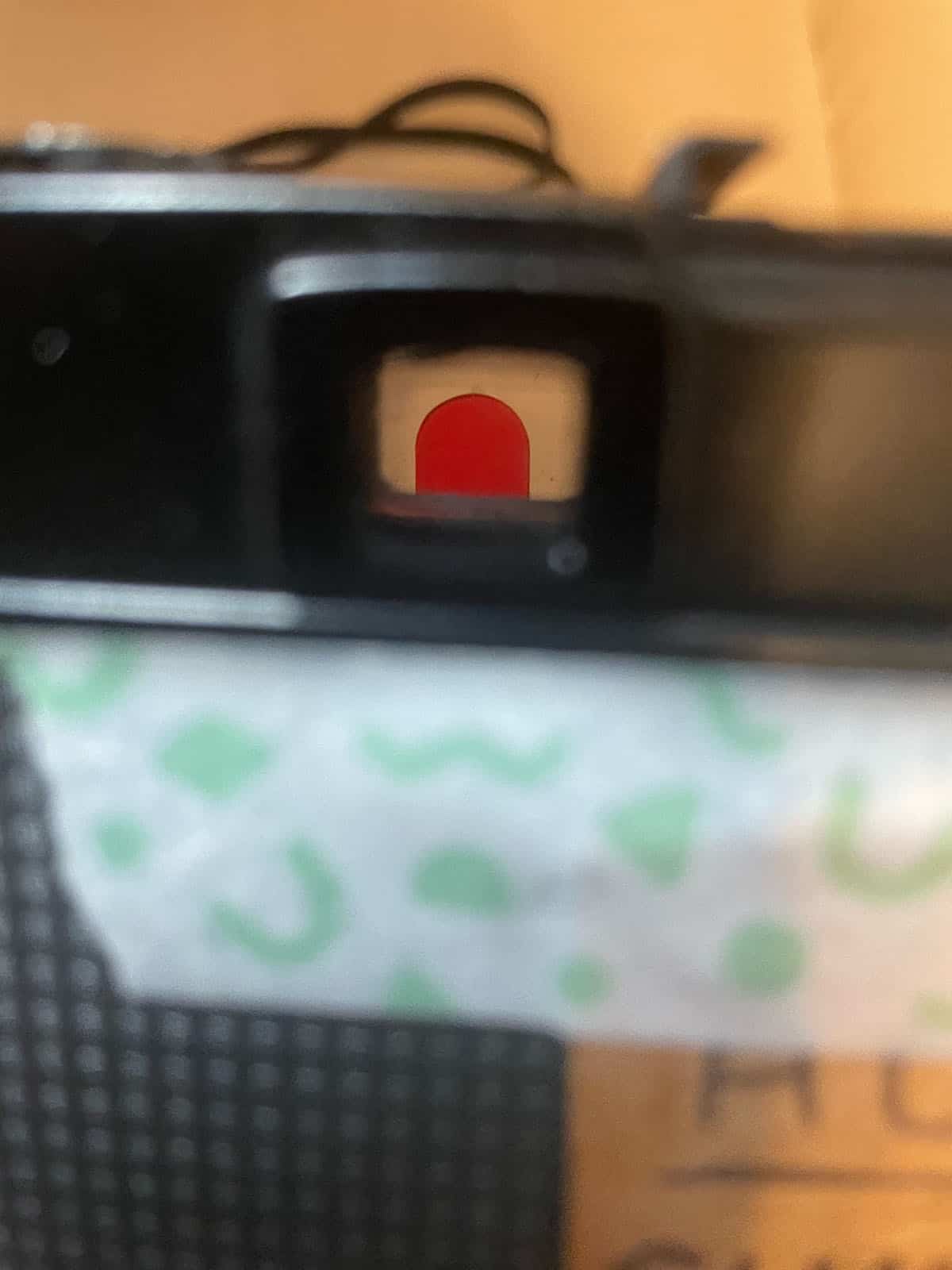

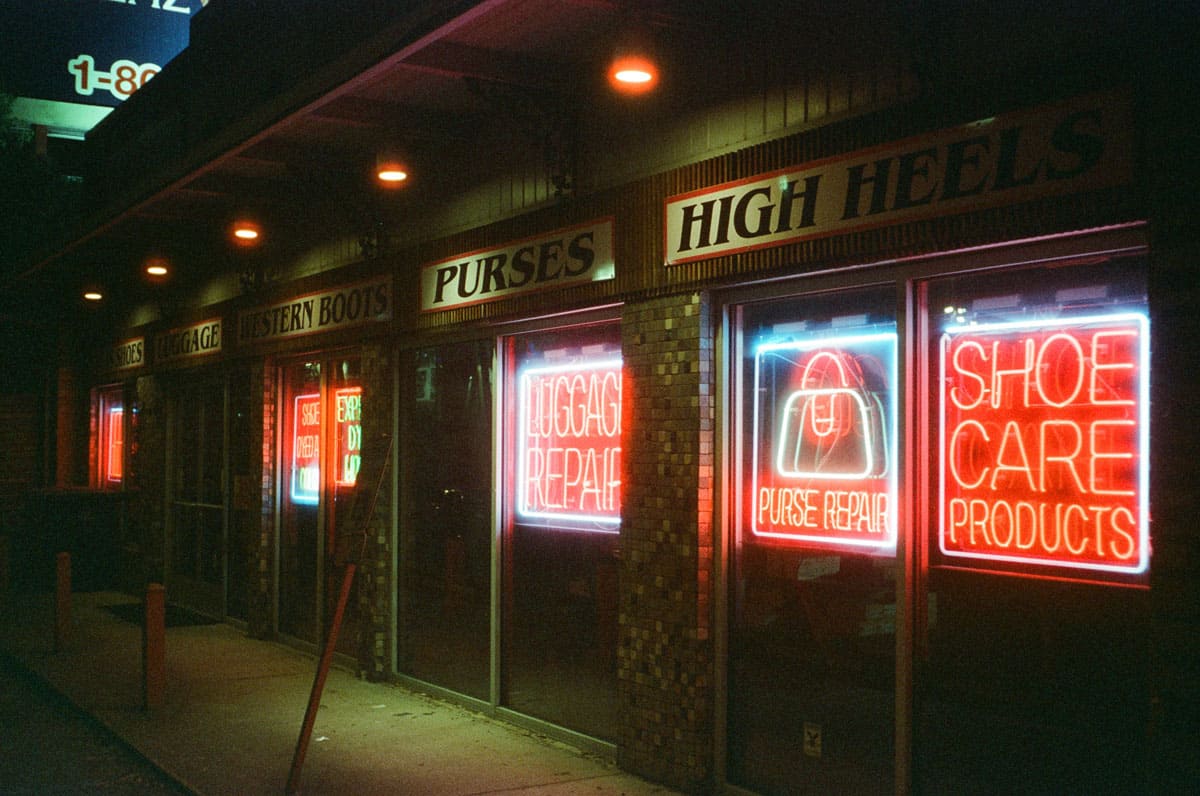
A Personal Test (And a Butt-Wiggle Redemption Arc)
After discovering that ISO 400 was the max, I was convinced I’d messed up. I shoot a lot at night, and I don’t use flash—never really got the hang of it. I figured I’d have to resell the camera. But I decided to give it a try first.
I remembered reading somewhere that someone used the Olympus Trip 35 for night photography. That post has since vanished from the internet (if you’re out there, thank you!), but it gave me hope.
I loaded up a roll of Kodak UltraMax 400—a reliable stock I trusted—and headed out for a walk around my neighborhood. No flash, no tripod. Just vibes.
Less than two hours later, I had finished the roll. I dropped it off at the lab the next morning, not expecting much.
And then I got the scans back. Y’all. I’ll be dipped.
Even in low light, my shots came out far better than expected. Everyone knows on a roll of 36, not every shot is going to be a “banger.” BUT – even the ones where I had to bust out my ridiculous-but-effective butt-wiggle stance (feet planted, slight butt wiggle, inhale, exhale, shoot) were surprisingly in focus.
Now because I shoot a lot at night (but not exclusively), I get messages from people asking the same thing over and over:
“How are you getting those moody night shots without the red flag popping up?”
Here’s the deal:
- The red flag does show up sometimes in low light—but it’s not a dealbreaker.
- The Trip 35 does not have a bulb setting, so long exposures aren’t an option.
- You don’t need to aim directly at a light source—just include some light in the frame, and let the camera do its thing.
Oh—and don’t psych yourself out about the viewfinder. It’s a little offset, but it has holographic frame corners. Stick to the corners. Don’t overcompensate like I did at first—you’ll throw off your framing for no reason.
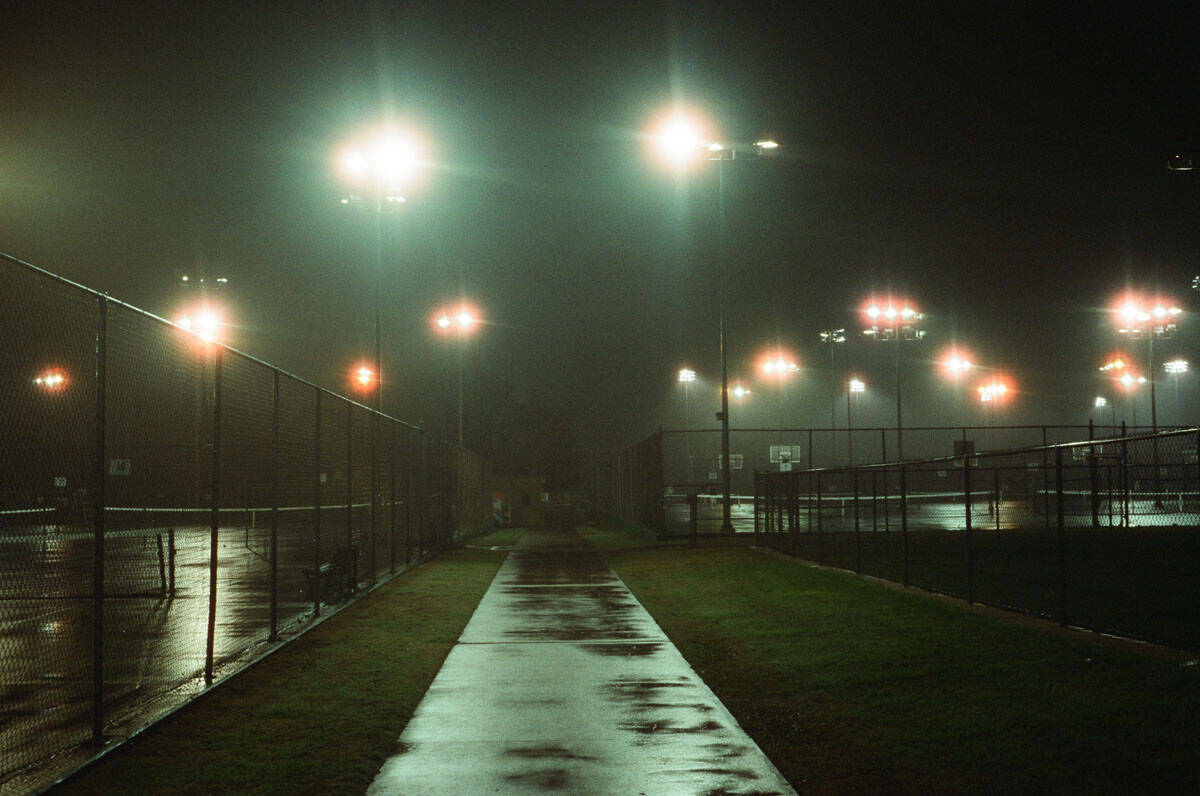
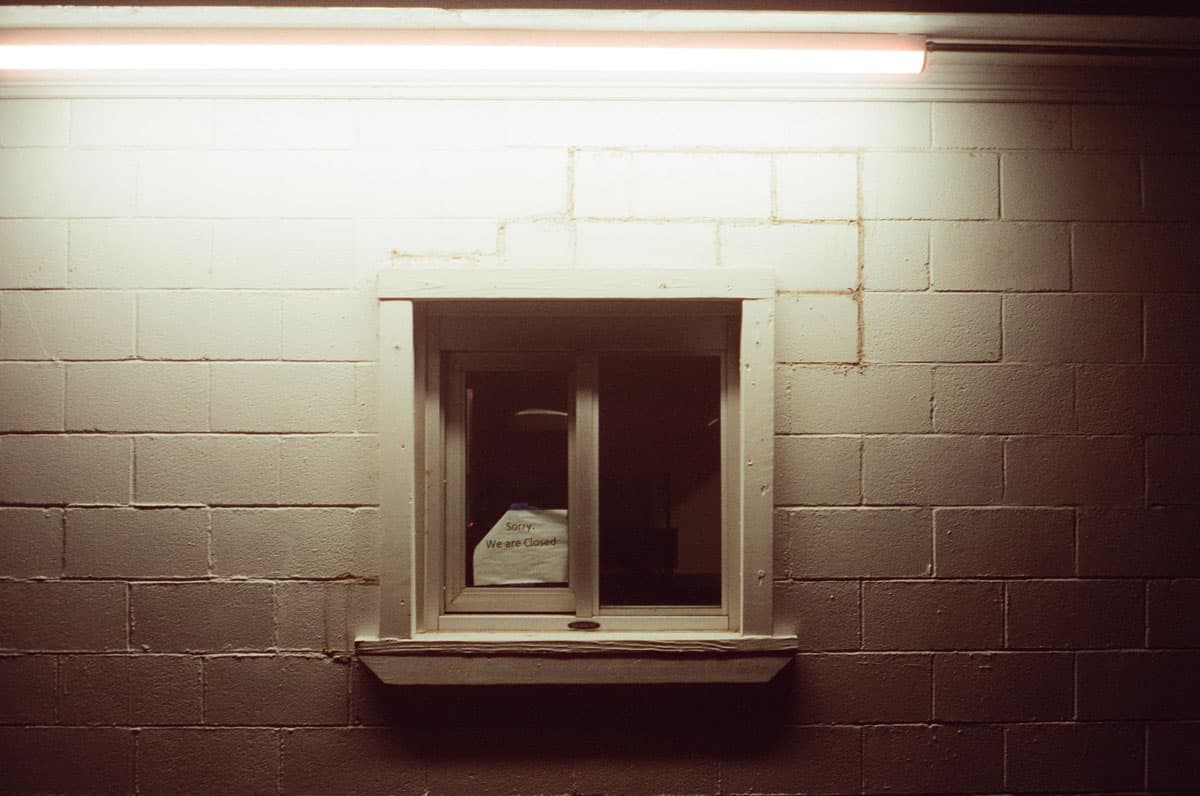
Pricing & Buying Tips for the Olympus Trip
The Olympus Trip 35 is still fairly easy to find—whether on eBay, Etsy, KEH Camera, or at local camera shops. Prices vary, but I’d recommend buying from a reputable source or seller who has serviced the camera. That red flag, and of course, we all know – dirt or fungus!
If you’re buying “in the wild,” here’s what to check or ask:
- Does the red flag pop up in low light?
- Do the aperture blades move smoothly?
- Does the light meter react to light changes?
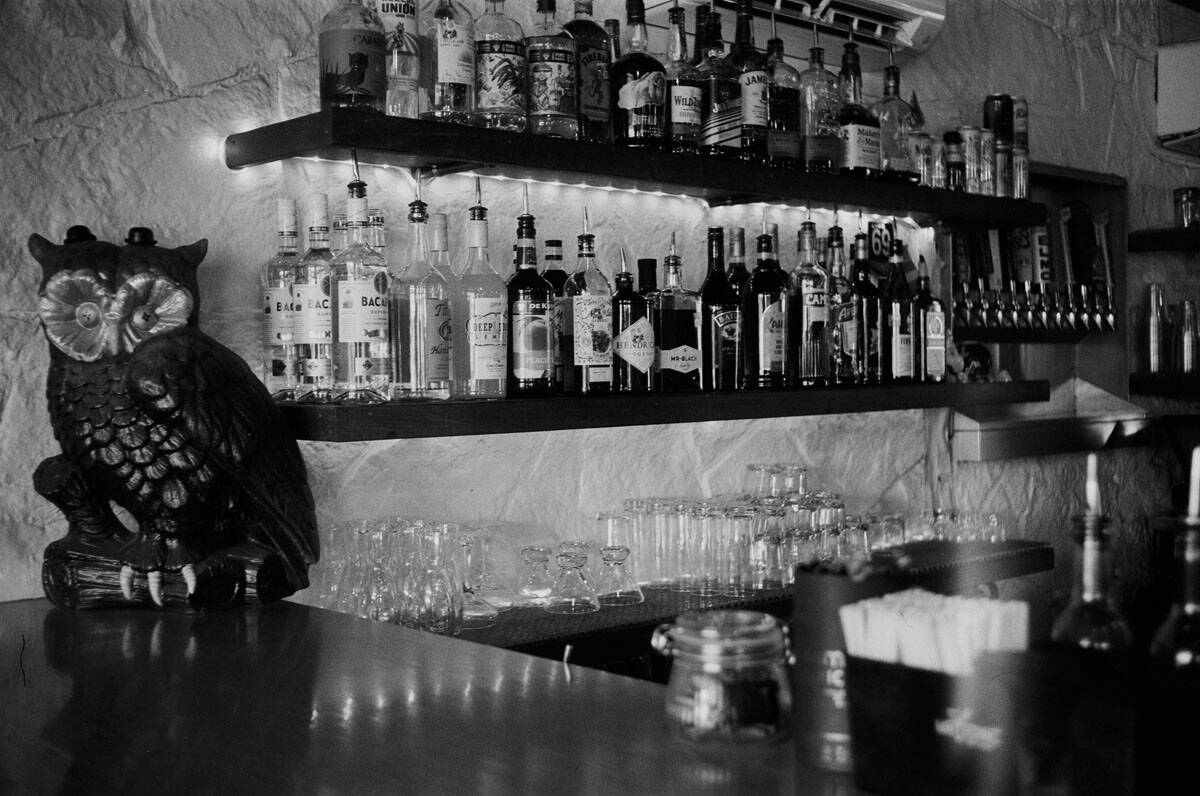

Final Thoughts
I’m honestly really glad I haphazardly bought my Olympus Trip 35. I took a risk, and it paid off. It now comes with me almost everywhere—and will definitely be joining me on my next trip (pun fully intended).
But be warned: once you get this little thing in your hands, you might find yourself rapid-firing frames and falling in love. Just like I did.

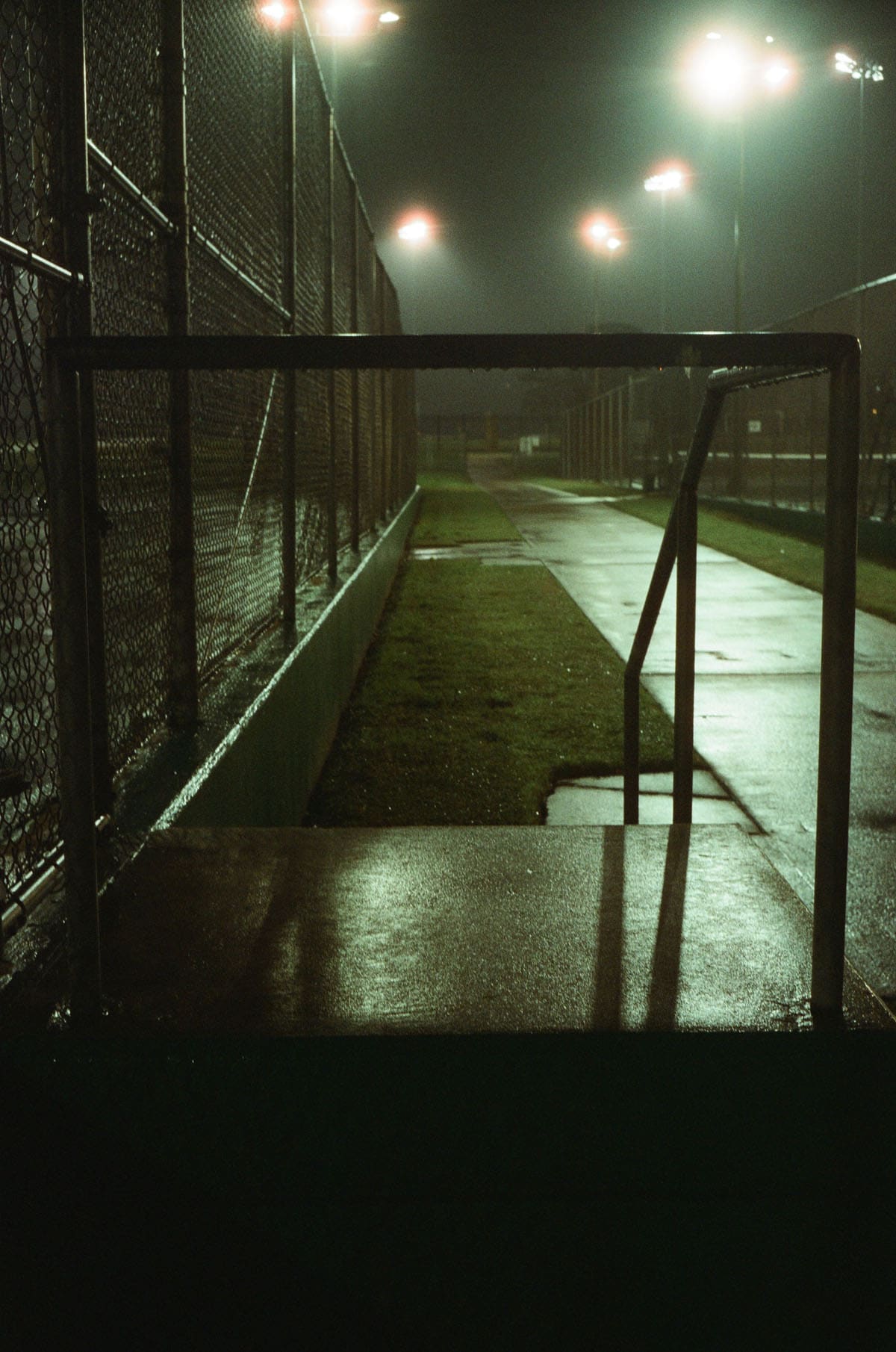
Thank you so much, Katie! Katie is a regular contributor here at Shoot It With Film, and be sure to check out her other articles here. You can also find more of Katie’s work on Instagram.
Leave your questions about the Olympus Trip 35 film camera below in the comments, and you pick one up for yourself at KEH Camera or on eBay.
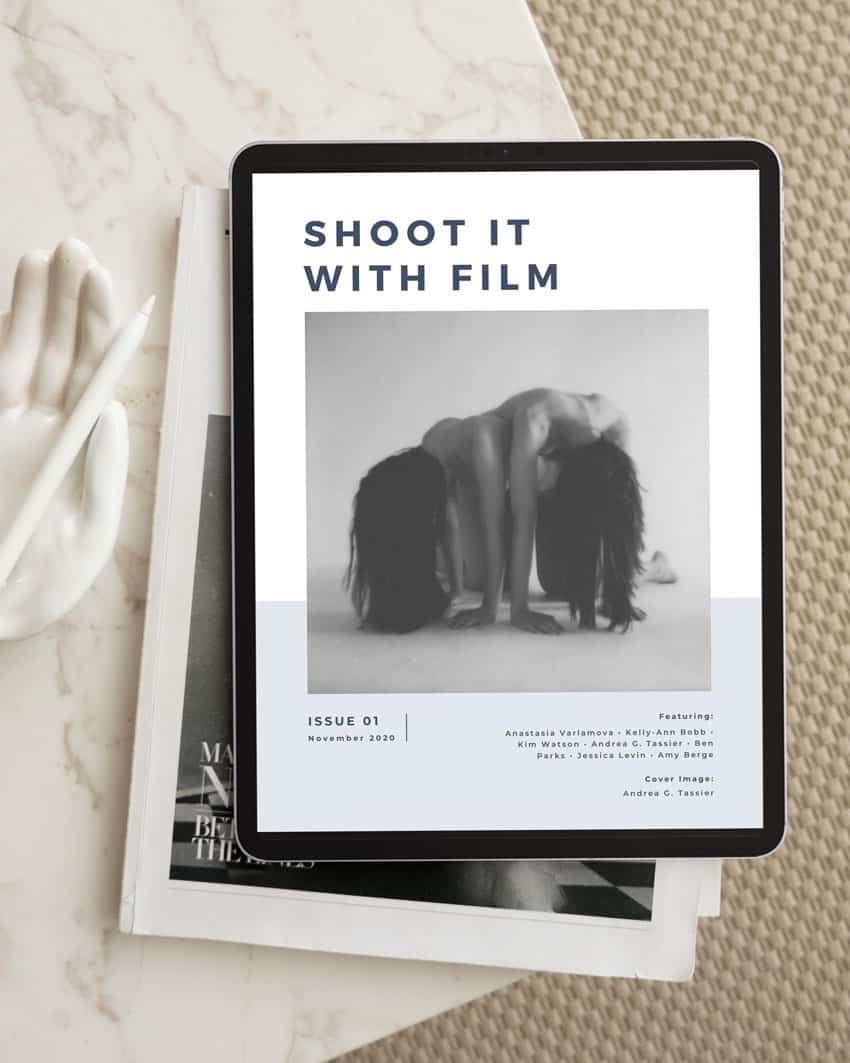

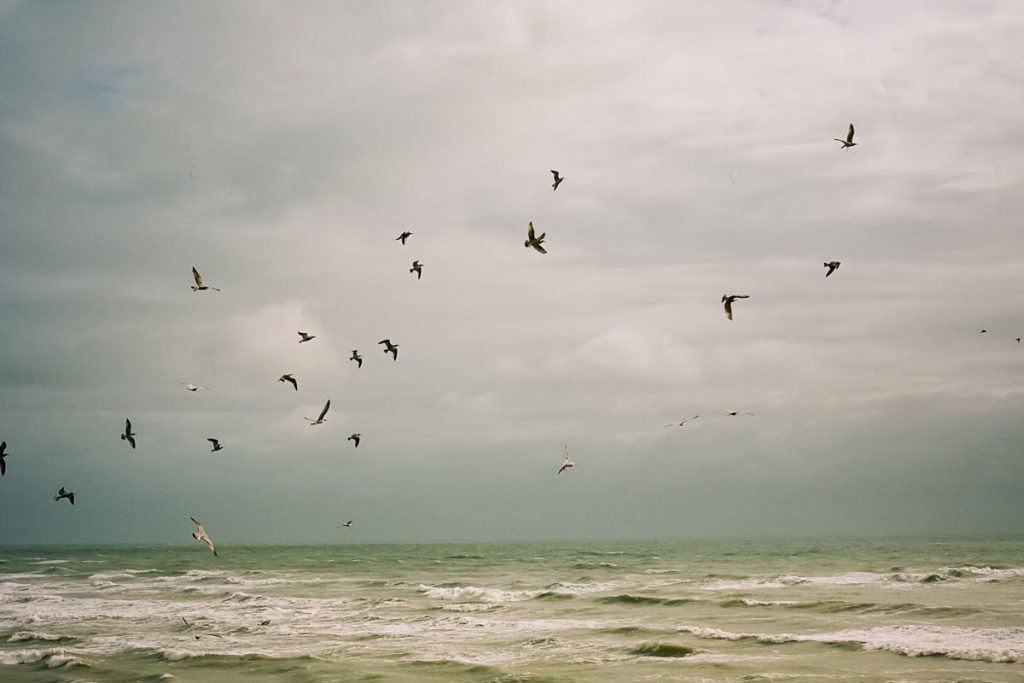

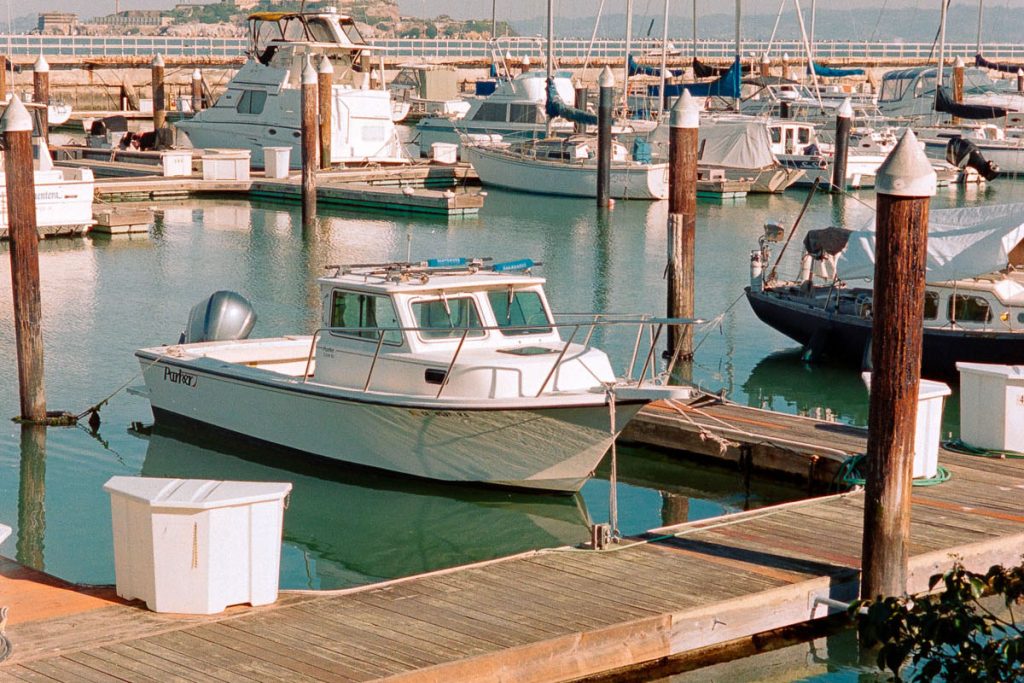



Blog Comments
Bill Watts
September 12, 2025 at 11:00 am
Nice images, the Olympus Trip 35 has a huge following and is very popular, but for around the same price You could have an Olympus 35 RD – 35mm rangefinder with a fixed 40mm f1.7 lens and a range of shutter speeds from B to 1/500sec.an increased ISO range of 25 to 800 and a shutter priority auto exposure system. It also has flash synch at all speeds and a built in flash computer which automatically varies the aperture depending on the GN of the flash used as you focus! – it might even be smaller than the Trip too!
It was the last rangefinder made by Olympus in the “Trip 35” series of cameras. It was built post the Olympus 35 SP which is also a remarkable rangefinder, slightly bigger but carrying a much inflated price in the market, the 35 RD is the better camera.
adventurepdx
September 12, 2025 at 12:26 pm
“Better” is a subjective term. Yes, the spec sheet of the 35 RD is more impressive, and you have a rangefinder plus full manual exposure control. But the 35 RD has its flaws: Using it in manual mode is a PITA due to the thin aperture ring being flush with the body–it’s nigh impossible to adjust aperture without accidentally moving the shutter ring and/or focus. And many 35 RD’s suffer from “Sticky Shutter Syndrome” where the helicoid lubrication migrates to the shutter blades, gumming up the works. The one I was gifted had that problem, and even though I got it professionally fixed, the Sticky Shutter Syndrome returned.
The Trip is more basic, but that’s what it was designed to do. Sometimes simple can be better. But to each their own.
Eddy
September 12, 2025 at 12:35 pm
Nice photos. I used it a handful of times and it worked great. I bought it for a song at a thrift store for dirt cheap years ago.. I am not a rangefinder fan so now I have portable viewfinders I can attach to the hotshoe for centered photos.
Jondr
September 13, 2025 at 12:43 pm
The trip is a truly capable camera, I have a few around the house, along with a pen ee, which is basically a half frame trip.
I’ve lent them out to the film curious a few times.
I find them a bit to capable, to accurate you could say. I prefer more character in a film camera.
It is nice to use, heavy in a quantity way.
Michael S. Goldfarb
September 17, 2025 at 7:45 am
Just a pedantic little historical note… The Trip 35 is a great little shooter, but it didn’t just appear from out of nowhere.
Before introducing the Trip 35, Olympus had used the same zone focus lens approach, two shutter speeds controlled by the automatic Selenium meter with a low-light red flag, and thumbwheel advance features for years on models of their half-frame Pen EE and EES series.
The Trip 35 is essentially the 1968 Pen EES-2 scaled up with a different Tessar-style lens (40mm vs, 30mm) and changes to the film advance assembly and film chamber to make full-frame negatives. A couple of things on it were taken from other existing Olympus cameras, notably its frame counter module from the Pen F and FT SLRs.
I once had a Pen EES-2 and it worked identically to the Trip 35. It was a GREAT little camera… just like the Trip 35.
Anyway, it’s worth noting that the Trip 35 didn’t spring forth full-grown, it represented the full-frame evolution of a design that Olympus had been incrementally improving on their half-frame cameras throughout the 1960s!